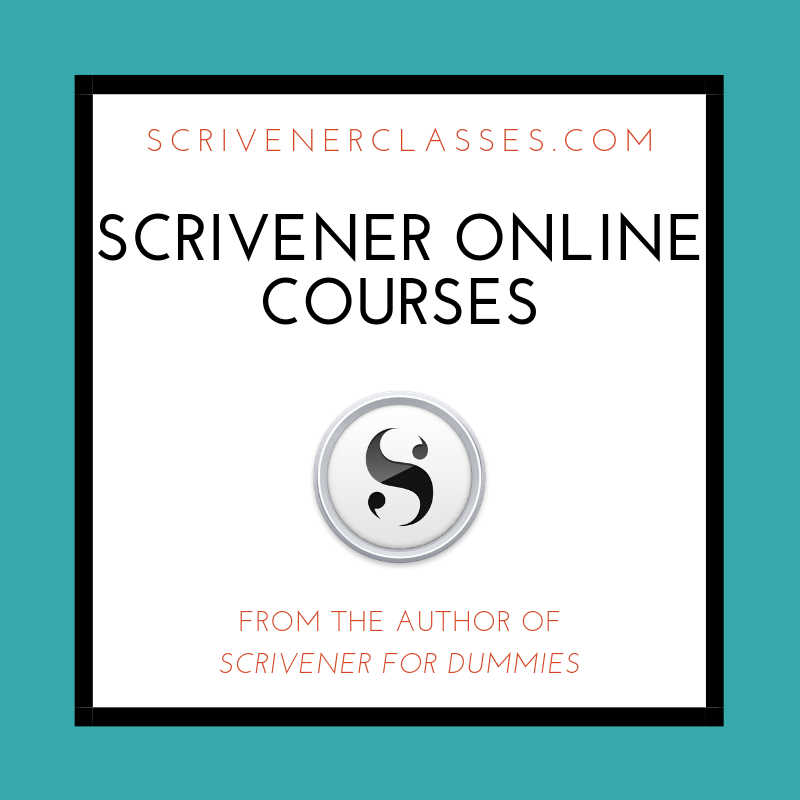A Comprehensive Guide
Crafting content for a blog can feel like navigating a vast ocean of ideas—it’s exhilarating yet overwhelming. Whether you’re new to the blogging world or looking to revitalize your existing blog, the key to captivating your audience lies in choosing suitable topics and presenting them in an engaging way. Let’s dive into a foolproof approach to select blog topics that educate, entertain, and inspire, ensuring your content attracts readers and keeps them returning for more!
The Three E’s of Effective Blogging: Educate, Entertain, Inspire
Every successful blog post typically serves one (or more) of these core purposes: to educate, entertain, or inspire.
– Educate: Position your blog as a go-to resource by providing valuable information that answers questions or solves problems. How-to guides, tutorials, and industry insights are fantastic ways to impart knowledge.
– Entertain: Lighten up the mood with posts designed to amuse your readers. This could be through humorous anecdotes, interesting trivia, or engaging stories relevant to your niche.
– Inspire: Motivate your readers by sharing personal success stories, interviews with influencers in your field, or articles that encourage personal or professional growth.
By intertwining these elements, your blog will resonate deeply, ensuring readers look to you as a source of value and inspiration. Check Out Jaaxy here!

Clarity is King: Writing Content That’s a Breeze to Read
The accessibility of your blog posts can significantly impact their effectiveness. Here’s how you can ensure your content is a joy to read:
– Keep it Simple: Use clear, concise language. Avoid jargon unless your audience is familiar with it, and even then, keep it minimal.
– Break it Down: Use headings, subheadings, bullet points, and numbered lists to organize your thoughts and guide the reader through your narrative smoothly.
– Visual Aids: Incorporate images, infographics, and videos to break up text and add a visual element that enhances understanding and retention.
The easier your content is to digest, the more likely your audience will stay, read, and engage with it.

Audience First: Crafting Content with a Personal Touch
Understanding your audience is pivotal in crafting content that resonates. Here’s how you can make your readers feel valued:
– Speak Their Language: Write in a tone and style that mirrors your readers’ preferences. Whether it’s professional, conversational, or somewhere in between, make sure it fits the audience.
– Address Their Needs: Engage with your readers through comments, surveys, or social media to find out what topics they’re interested in or need help with.
Future You: Consider what content will remain relevant or become increasingly pertinent. This foresight can help establish your blog as a visionary leader in your niche.
By focusing on your audience’s preferences and future needs, you create a community around your blog that feels personal and caring.
Efficiency in Writing: Sprint First, Refine Later
To maintain a steady flow of content, it’s crucial to separate the writing and editing processes:
– Write Uninhibited: Let your ideas flow without worrying about perfection. This approach helps overcome writer’s block and allows creativity to flourish.
– Edit Ruthlessly: Return with a critical eye. Trim the fluff, check for errors, and refine your message to ensure clarity and impact.
This method not only speeds up the content creation process but also improves the quality of the final posts.

The Art of Crafting Compelling Blog Posts
Remember, the goal is to create blog posts that are informative, enjoyable, beautifully crafted, and easy to read. Choosing topics wisely and focusing on your readers’ needs and interests sets the stage for a blog that thrives on engagement and growth. Always allow yourself the freedom to write with abandon but refine with precision to ensure your blog remains a valuable resource.
Happy blogging!
Kevin
As a wordsmith seeking to enhance your writing prowess, you’ll find many remarkable writing tools and apps at your disposal. Let’s explore some of the best options:
- Scrivener: A beloved companion for authors, Scrivener offers a treasure trove of features. It helps you track plot threads, store character notes, structure your work, and—most importantly—get serious writing done. While it’s not free, the investment is well worth it for serious writers1.
- Ulysses: If distraction-free writing is your goal, Ulysses is your muse. Its minimalist interface allows you to focus solely on your words. Plus, it syncs seamlessly across devices, ensuring your creativity flows wherever you are2.
- iA Writer: Ideal for online writing (think Medium or WordPress), iA Writer combines simplicity with elegance. Its clean design encourages a flow state, making it a favorite among bloggers and content creators2.
- Plottr: For those who thrive on outlining, Plottr is a gem. It helps you map out your novel, organize scenes, and keep your plot threads in check. Whether you’re a pantser or a plotter, Plottr has your back3.
- Reedsy Book Editor: If you’re working on a book, Reedsy’s online editor is a fantastic choice. It’s free, collaborative, and offers a straightforward interface for drafting and editing your masterpiece4.
- yWriter: Scene-based writers rejoice! yWriter lets you organize your novel into scenes, track characters, and maintain a bird’s-eye view of your work. It’s a powerful tool for structuring your narrative2.
Remember, the best writing app is the one that aligns with your unique needs and writing style. Whether you’re crafting screenplays, novels, or blog posts, these tools will be your trusty companions on your literary journey. Happy writing! 📝✨


